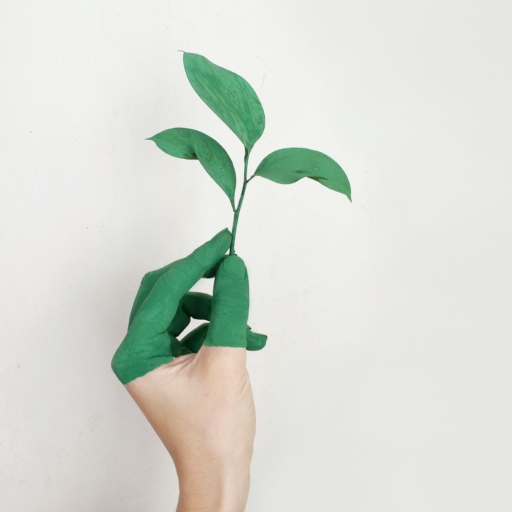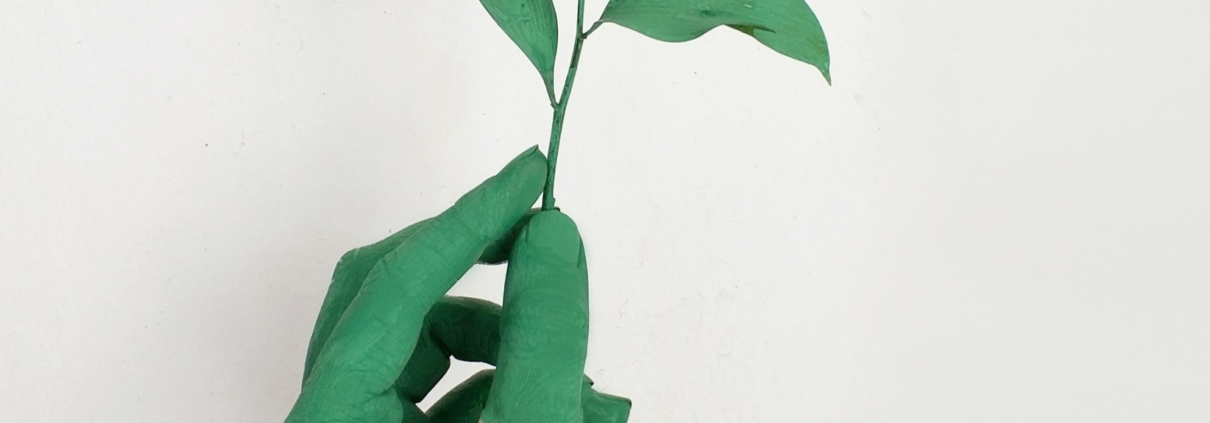The Future of Sustainable Fashion
By: Annie Bloj, Fashion Designer & Consultant
Sustainable fashion has become a broad term the fashion industry uses to address the growing ecological crisis our planet faces due to fashion waste. It has also become a PR term to aid brands in expressing their efforts to fix this problem. What does it mean? How can you buy more mindfully as you shop for yourself and your family? Even fashion insiders find this topic confusing and complex.
Unfortunately, brands often employ greenwashing to assuage concerns and prove their market viability. A favorite example is “Vegan Leather.” Vegan leather is usually made of polyvinyl chloride, a non-renewable petrochemical (fossil fuel), one of the most challenging materials to recycle and is linked to health concerns. If presented with a choice, you are better off buying real leather, a natural by-product that will disintegrate over time. In general, natural is always better. If it came from the earth, it has a better chance of returning to the earth.
As a consumer without time or interest in doing a deep dive into the subject, there are a few basic principles you can follow as you build out your wardrobe:
- Buy what you love! Fashion should be fun! What you wear should be an expression of your personality, aesthetics, and stage of life. Aim to buy pieces you know you will love, use for a long time, or pass on to others. Often that comes with a higher price tag; however, if you factor in the CPW (cost per wear) of a garment that brings you joy and is designed to last, you’ll find value in that piece that you turn to year after year.
- Experts agree that our closets already have the largest resource of cotton and natural fibers. Look for vintage resources in your area and online for unique and thoughtful re-interpretations of existing garments. Fashion, in general, is headed toward a more personal aesthetic; vintage and hand-made items always create a personal narrative. In addition, sites like The Real Real, Thread Up, Poshmark, etc., make second-hand shopping easy and more affordable. Rental services such as Nuuly, RentTheRunway, Vivrelle, and Armoire help you update your wardrobe when boredom creeps in.
- Change your algorithm! More and more consumers are purchasing from social media platforms. Start following brands that are creating meaningful change. Follow the brands on our panel; @midnight_oil_collection, @cornelialively, @house.of.esc, @theoulacompany, @mimishimstudio. In addition, follow designers and brands such as @gabriellahearst, @minimalist.nyc, @for__days, or @girlfriend, which offer take-back options. Your sponsored ads will lead you toward more sustainable choices.
Fashion’s biggest sustainability issue is the end of life of a garment. It’s ideal to buy garments that are built to last and are from renewable or recycled sources. However, what is the average consumer to do if they can’t recycle them at the end of their life? The good news is that there is a literal race among global brands to create a circular economy for fashion. For example, HM joined the Ellen MacArthur Foundation as a strategic partner in 2015 and, over the past decade, has become the second largest investor in Renewcell, the world leader in proprietary fiber-to-fiber recycling. Zara, Target, Gap, and many other global brands have also dedicated significant resources to fund R&D to solve this problem. This new field is proving lucrative for many investors as the demand outpaces the market.
As consumers become more aware of the impact they are having with their shopping habits, their interest and demand for change are pushing the industry forward. The near future of fashion will include many ways to easily dispose of our treasured pieces in a way that will bring new life to them and deter them from the landfills that currently exist in some of our poorest countries.





